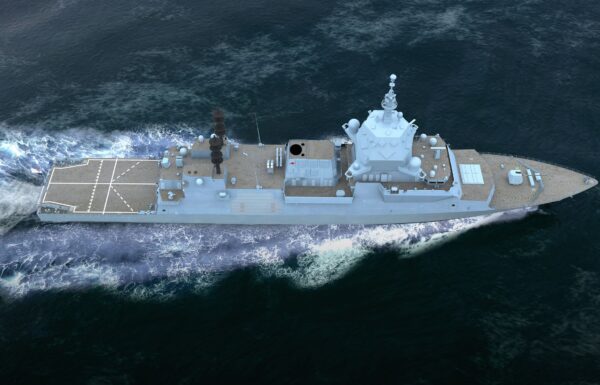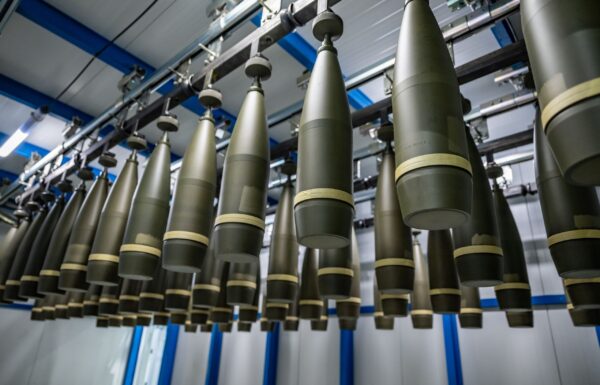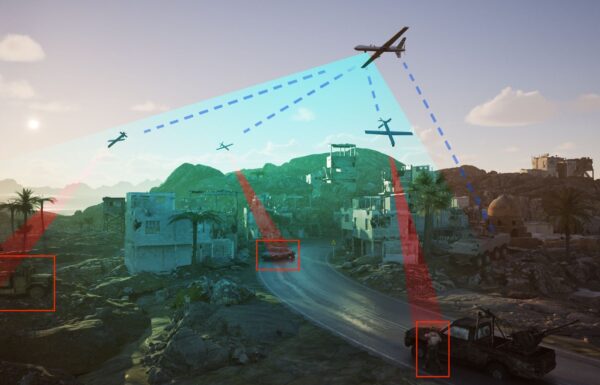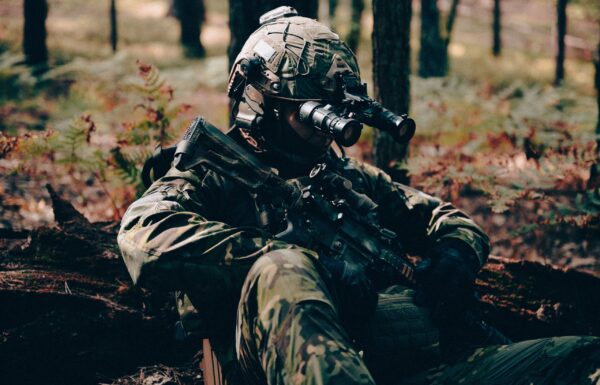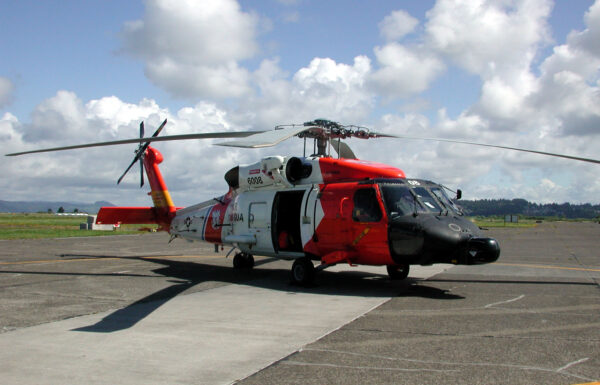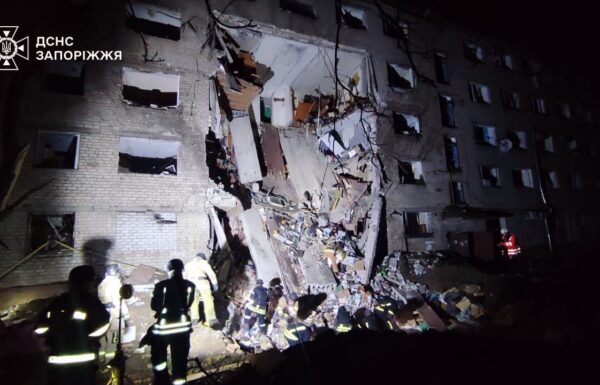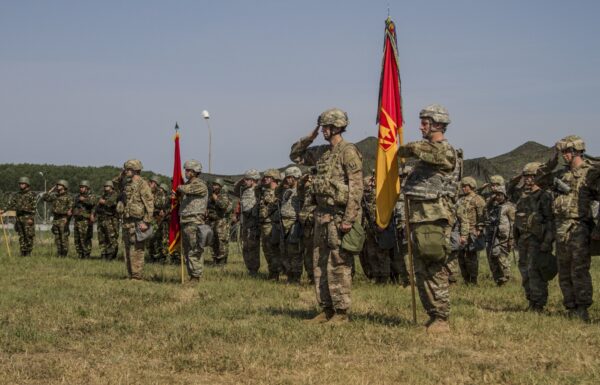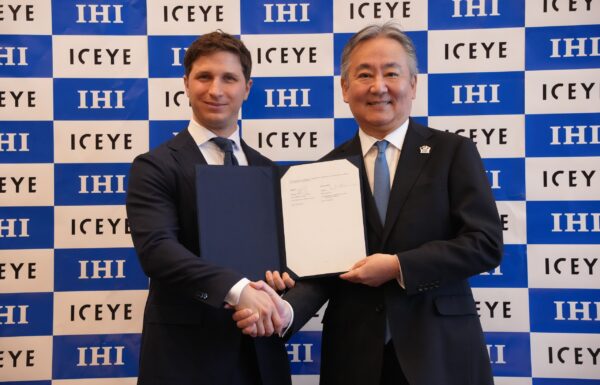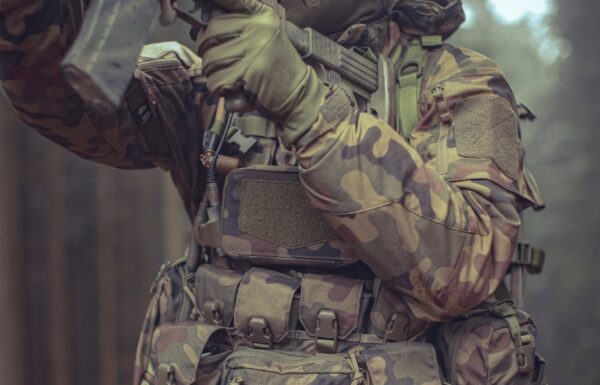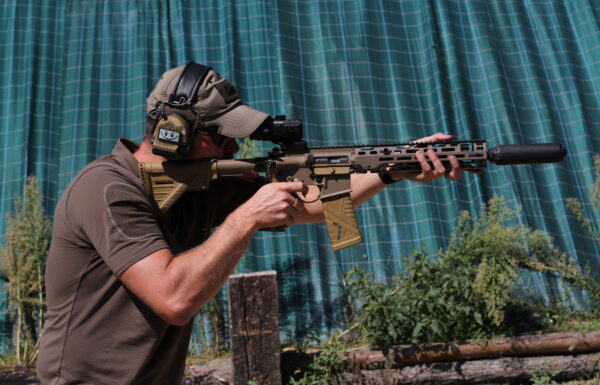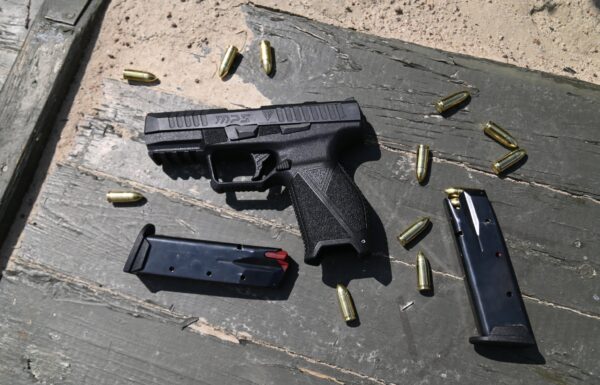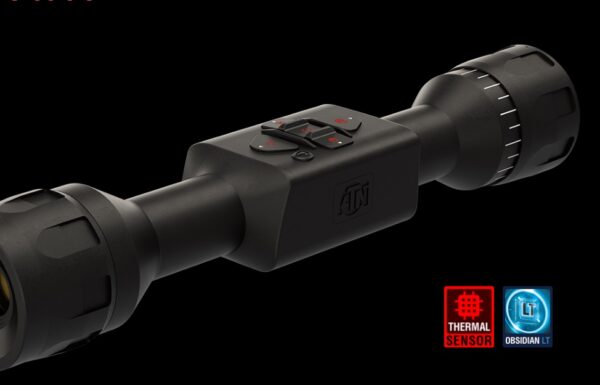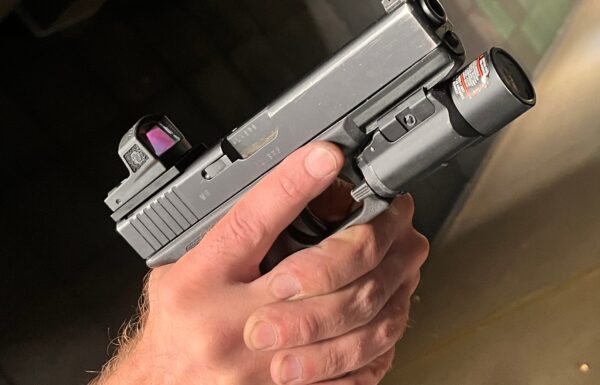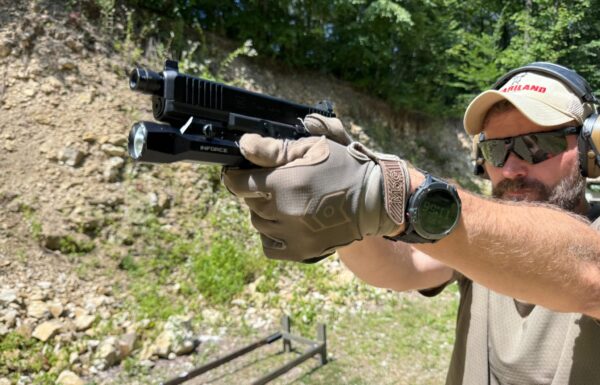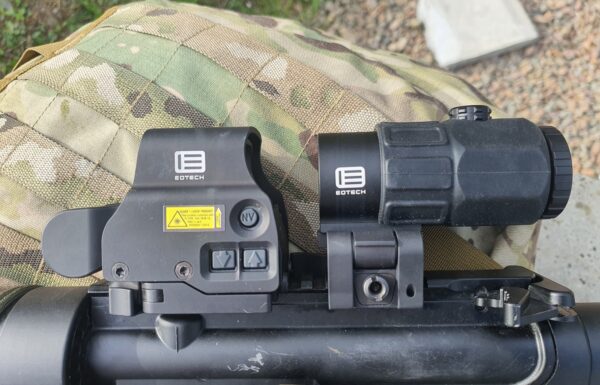Today’s battlefields are undergoing far-reaching changes that affect the operational needs of all branches of armed forces (land, air and maritime). New, battlefield TIoT (Tactical Internet of Things) based on real-time applications, such as sensor-to-effector cycle closure systems, are emerging.
Rafael is offering its BNET communication’s system to the Polish defense forces / Photo by: Rafael
As vital enablers communication systems are required to be agile, allow fast deployment, be highly scalable, and remain robust in the face of the chaos of battle – all this while operating under constant jamming and cyber-attacks.
Rafael has developed the BNET Family – which since 2014 has been a globally field-proven Broadband IP Software Defined Radio solution for tactical operations on both air and land platforms, addressing the challenges of the battlefield (e.g. limited spectrum, communicating with autonomous systems, connecting multiple sensors and shooters, etc.).
The BNET is a Spectrum-Aware SDR – cognitively utilizing the spectral arena of the battlefield to the fullest. The system has already been used in the battlefield and proven capability and connected to multiple types of networks and BMS to prove a modular capability and open architecture critical for a system of this type
The BNET is enhanced with a patented technology – Multi-frequency Channel Reception (MCR), which enables it to receive and analyse information from hundreds of frequency channels, simultaneously, using a single RF head. This enables a network rate of 100Mbps, while facilitating the formation of a single “flat” network, scaling up to thousands of radios.
The BNET is a full IP Radio – enabling seamless interoperability with other radios and with IP- based applications.
According to the Israeli company, with BNET, there are no network bottlenecks, since it constitutes a single unified logical group with no need for gateways. Additional advantages include automatic and dynamic spectrum allocation, avoiding the need for manual intervention by the battalion’s Signal Officer, using accessible spectrum (which is always a limitation) to the fullest extent possible.
Rafafel says that BNET’s ultra-fast network merge-and-heal capability (responding in seconds, rather than minutes), greatly reduces the risks associated with lack of basic communication (i.e., reduces the risk of “friendly fire”).
This is all managed and controlled easily and remotely – over the air – by Rafael’s Network Management System (RNMS) – a powerful SW solution to plan, monitor and control the BNET network.
The Air Force of many European countries are evaluating the use of the Rafael BNET. The Israeli company is now in negotiations with potential business partners to adapt the system to the requirements of the European market.
The BNET system replaces existing radio systems installed in aircraft and according to the Israeli company while half in size and weight, it offers a very wide communications channel for data.
Recently, the Indian Air Force has begun to deploy the Rafael BNET software defined radio on its combat aircraft. The country has procured as many as 1000 systems, due to begin local production in India, this October.
By Arie Egozi, MILMAG’s correspondent in Israel.


